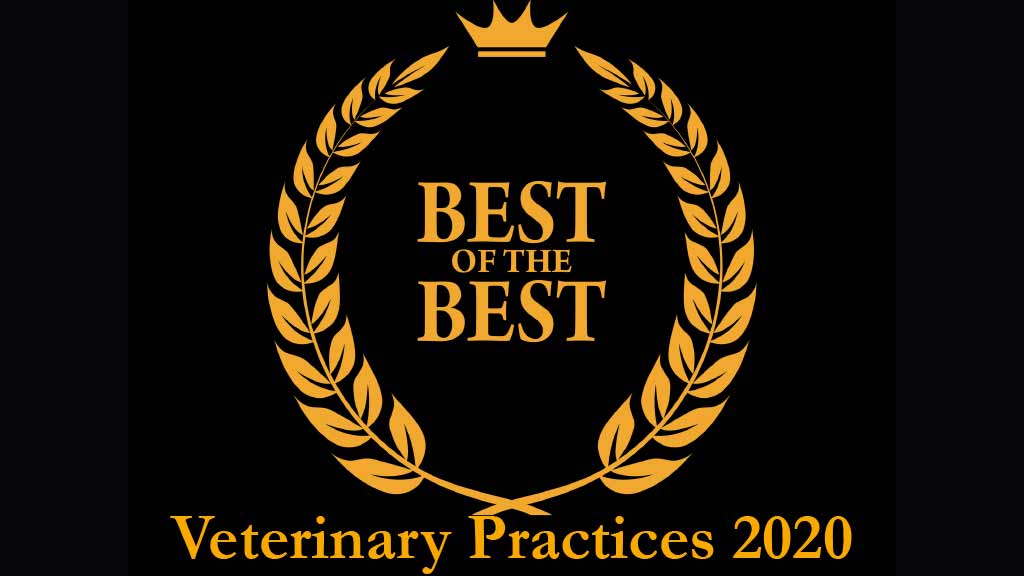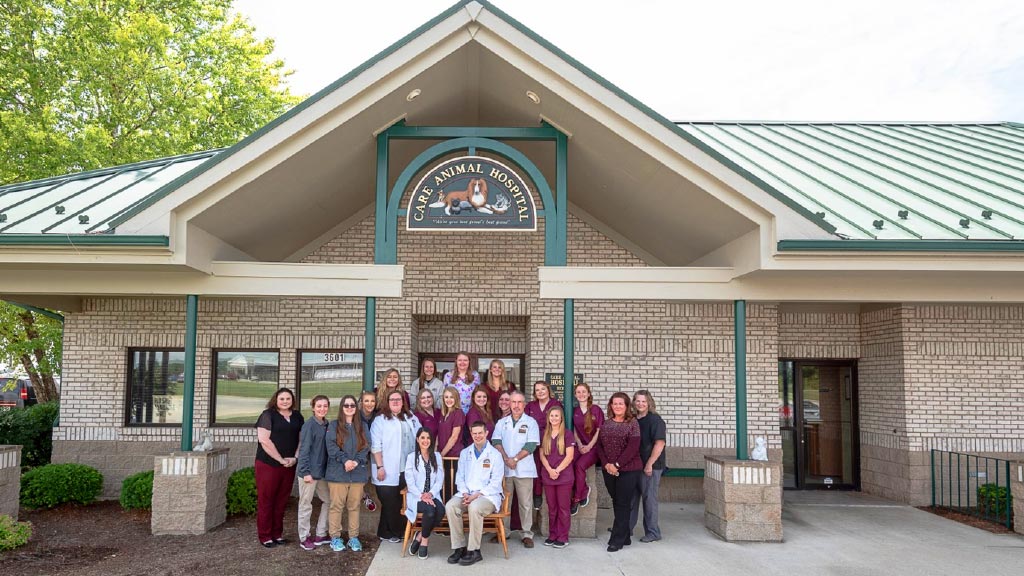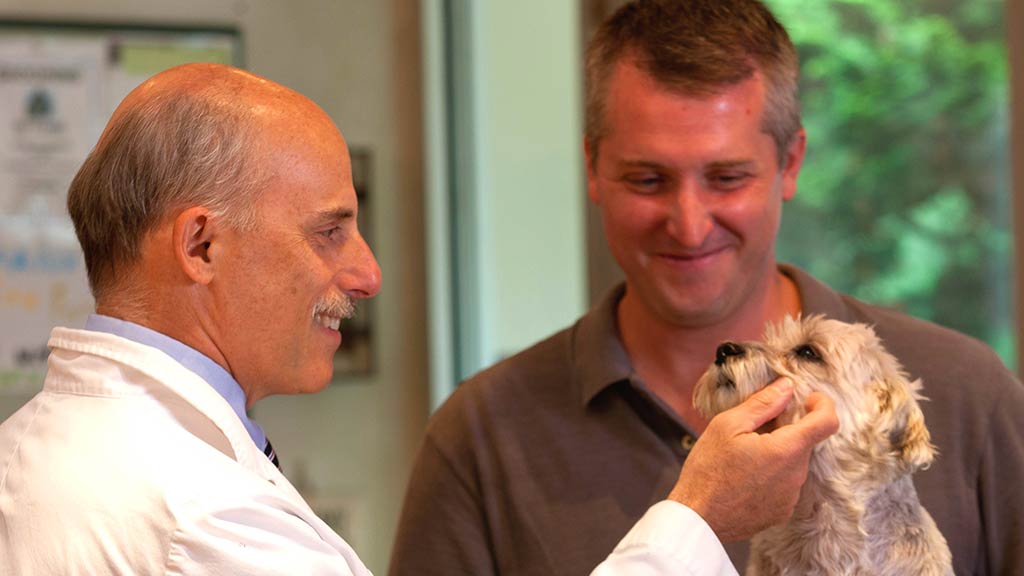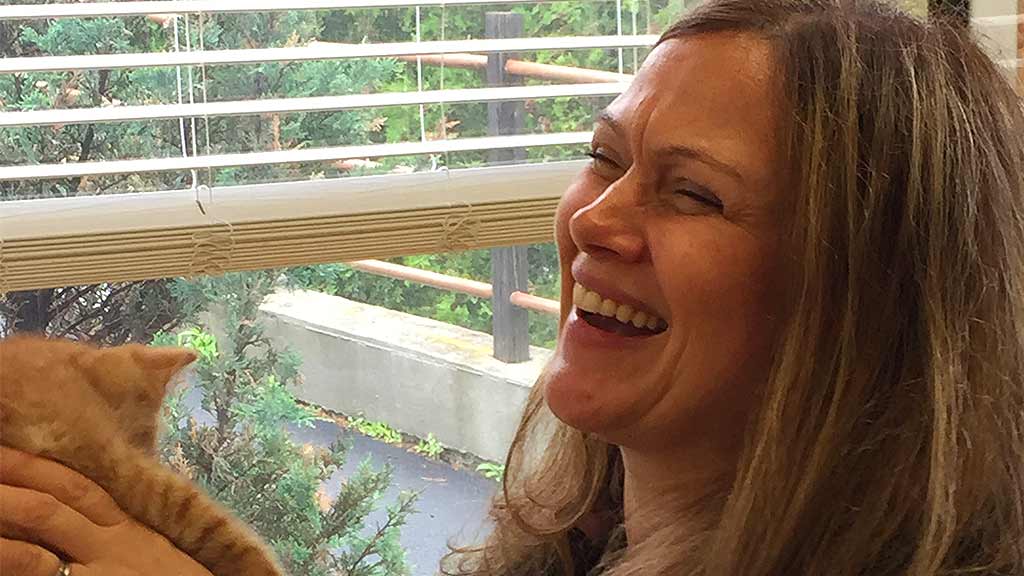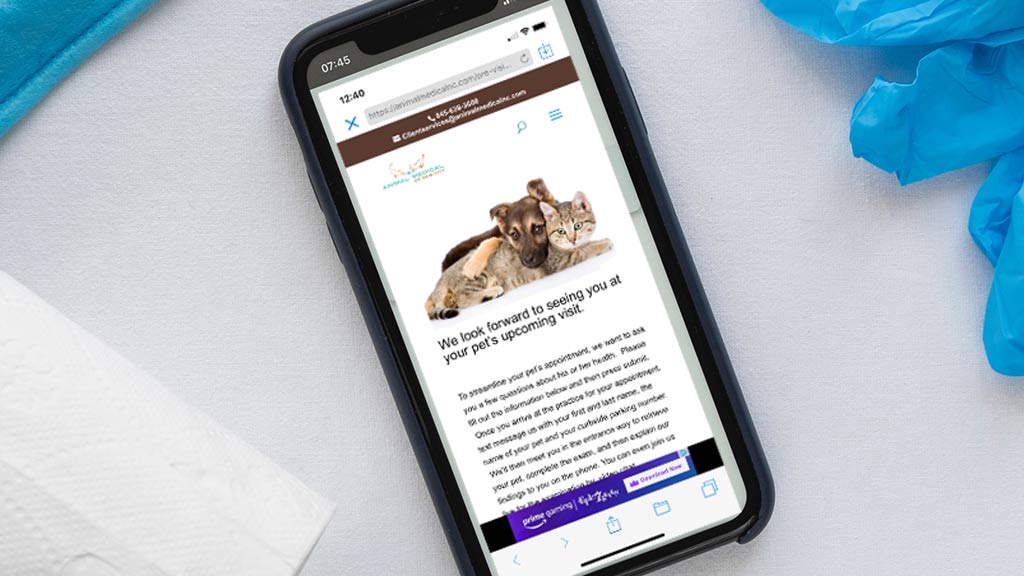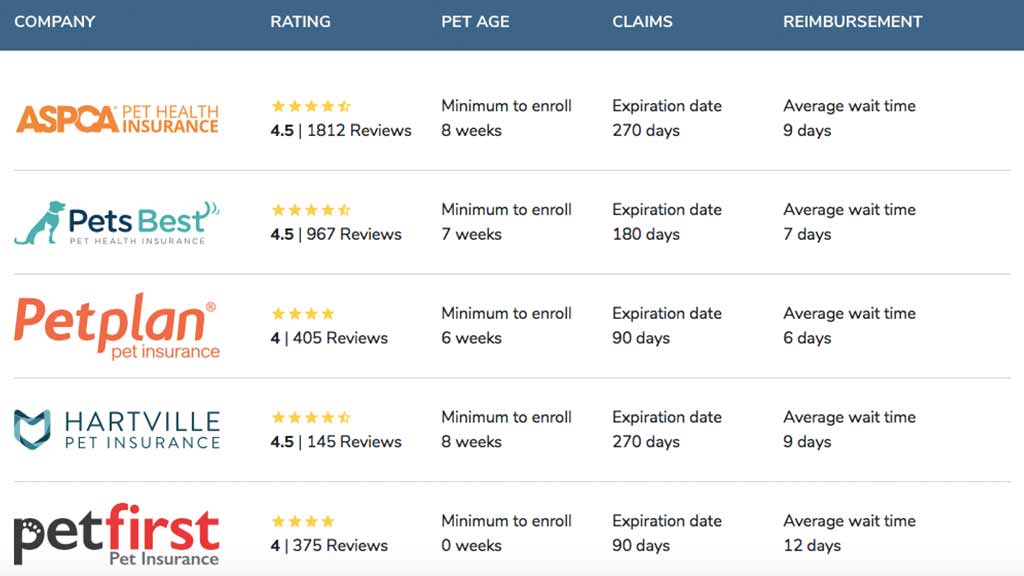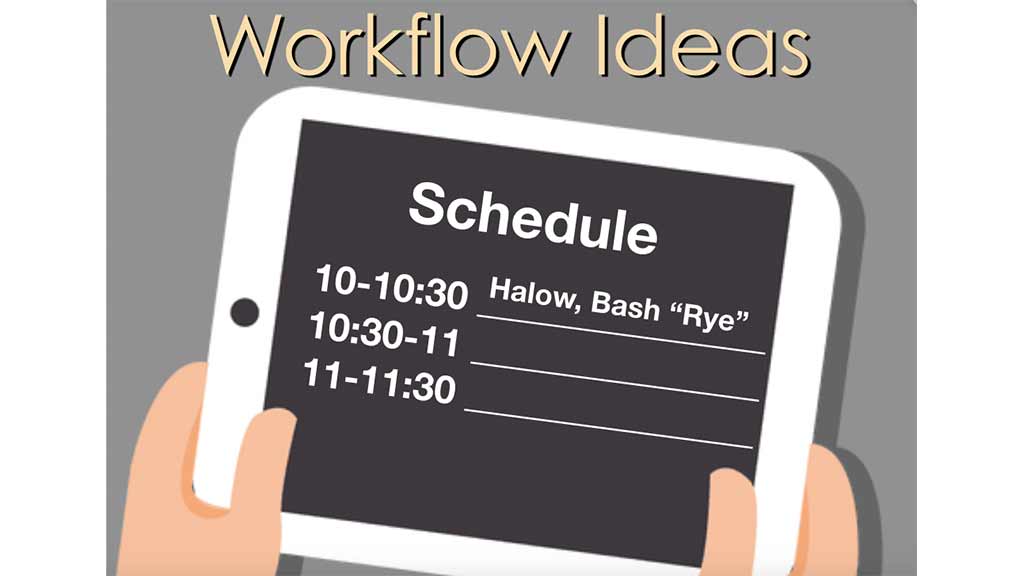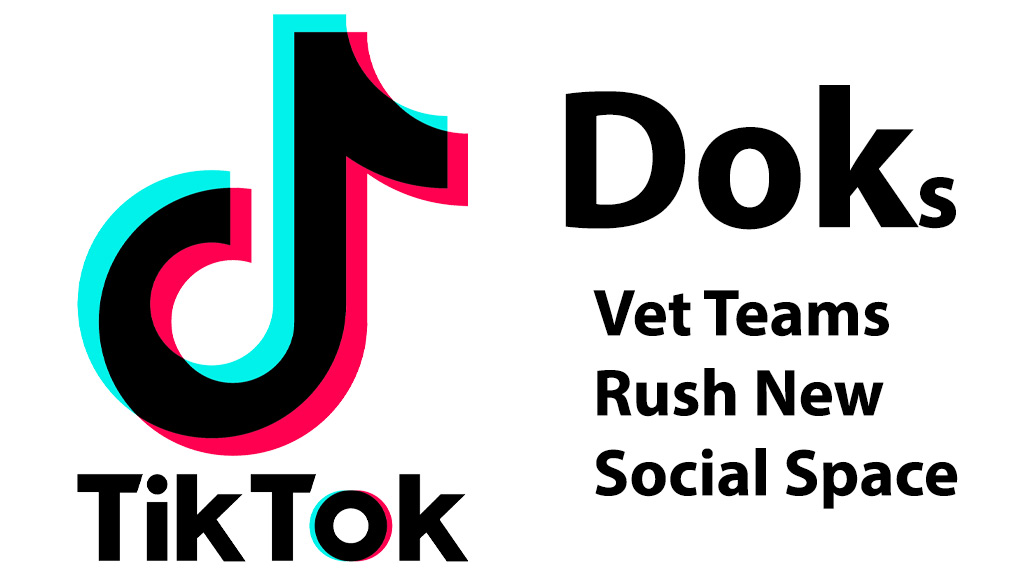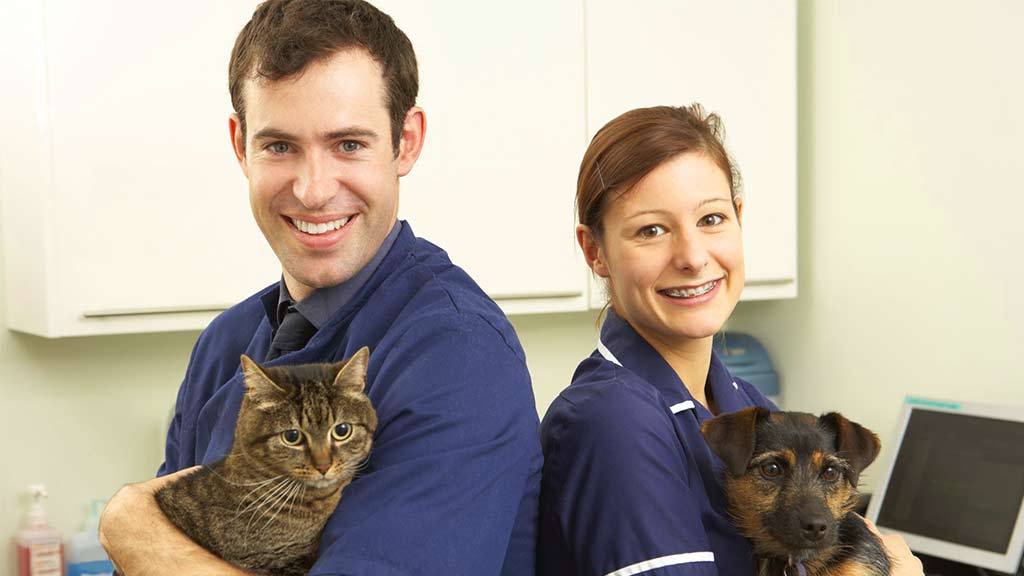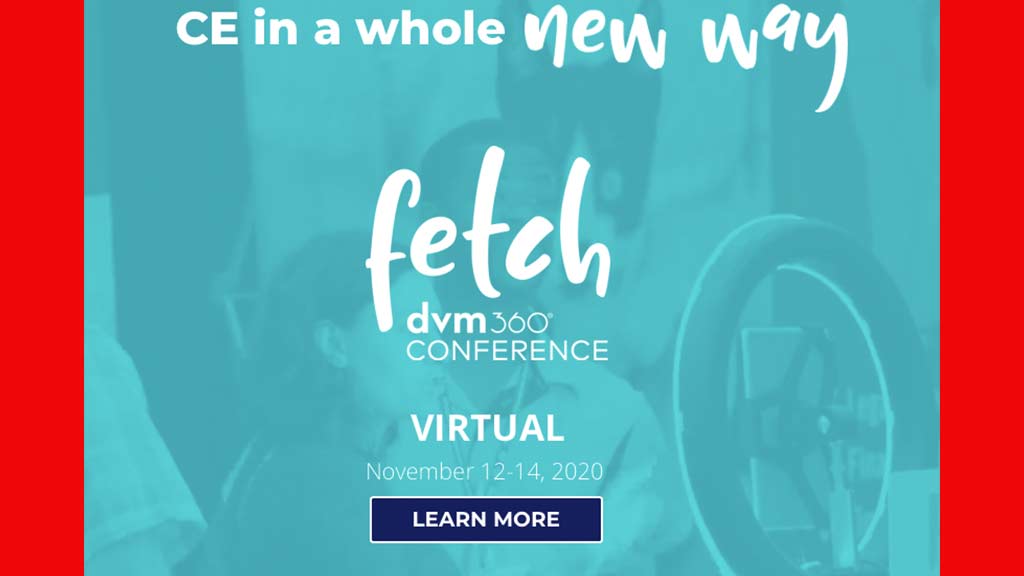After years of trailing clients through dozens of veterinary practices across America, I have learned that there are 7 universal attributes of excellence. How many of these does your practice possess?
Disclaimer: At the heart of every great organization is the eagerness to be great. Certainly read the ideas I have set forth to help you improve. They can act like a warmup or stretch before exercise and help you to overcome entropy and get started, but always ask yourself if at your core, your heart is in it. If you’re in a rut, if you feel burned out, if you’re chronically unhappy, going through the motions to improve may help, but you’re likely going to need more than a pep talk from me. Being happy and being a veterinary professional are not mutually exclusive. Find out more about how to improve your happiness at work here.
Identity
Striving for something more than our day-to-day existence feels great. Getting out of bed early on your weekend to coach the kid’s baseball team; squeezing in 30 minutes on the treadmill to meet a health goal; making a difference…perhaps even randomly…by assisting a stranger with something, stick out in our minds as distinguishing aspects of who we are as individuals. Certainly, we want recognition for who we are, but we also want others to know that we are striving to be more.
Great veterinary practices regularly talk about why they are great. Some write it down (recommended), others are happier to walk their talk (see below). Regardless of how you come to visualize the distinguishing aspects of your company, the self reflection involved in discovering your identity is seminal in improving all parts of the way you do business. With a strong sense of who you are and what you want to be, you can hire and coach better, enjoy your work together more, succeed more often, and grow as individuals and as a group.
If your company is not in the habit of regularly thinking about, reviewing, and discussing your mission statement, you’re mishing (Ha! couldn’t resist!) out on some stimulating and productive discussions. Use this resource for more information on the mission.
Leaders That Embody The Mission
Just as powerful as an ongoing dialogue about identity is a reflection of that identity radiated by a prominent member of the leadership team. These living examples of the mission go about their business as though encased in a big sandwich board that constantly announces the best of what the practice offers. These are the hospitals with mini Elon Musks, Steve Jobs, and Martha Stewarts at the helm. Team members haven’t memorized the words of a mission statement, but they are able to do a great job at elaborating on what they think the mission is.
If you have powerful cultural influencers working for you, maximize their ability to innoculate other members of your team by having them work in pairs or pods. By staying in near constant orbit of those that are great, new team members will pick up from the best.
Happy Intraoffice Relationships
I got off the phone yesterday with an applicant who explained to me what she was looking for in a job. “I want to work at a place where everyone leaves their baggage at the door. It’s okay if you don’t like me and I don’t like you, but we have to show one another respect.”
Really? You’re okay to work with people you don’t like? I’m not. And I can’t think of a single great veterinary practice where team members merely tolerate one another. Real magic at vet hospitals sparkles at the hands of employees that genuinely like one another, that make one another laugh, that care about one another’s wellbeing, and that have each other’s backs.
Be thorough in your applicant screening process and given our rate of growth and turnover, that means an almost constant search for terrific human capital. Automate your hiring protocol by using electronic screening forms that allow you to effectively, yet efficiently sift through a large volume of applicants. Most importantly, allow your employees to participate in the hiring process, to spend some down time with the applicant in the break room or while touring the hospital. Asking your employees for their thoughts shows you respect their opinion, passively enlists their support in helping this candidate to succeed, and forecasts whether everyone is likely to get along and enjoy one another’s company.
Lastly, be careful of homogeneity in a team. Certainly everyones commitment to the core principles of the practice should be homogenous, but there is a tremendous amount to be gained by having a diversity in your workforce. I’m not trying to be politically correct here (though I am supportive of diverse workplaces as a political objective). Heterogeneity in emotionally mature work teams has been proven to bestow the following benefits on work teams:
- They are more creative
- They make more money
- They’re more innovative
- They solve problems faster
- The teams are more highly engaged
- They have less turnover
- They are more likely to be in touch with consumers’ needs and to understand how to give consumers what they want.
They Are Proud and Expert
Expert
Great practices break away from the pack because they identify what they do as excellent and distinguished. They are more likely to lean on brand names, stay loyal to one line of products, keep things service-centric, and try to keep sales in house, the message being that they don’t have to offer the range of services and products one would find on the internet, Walmart, or Tractor Supply, they have explored all these options and only stock what is best. These practices do a thorough examination of the pet, take time to listen and to understand the client’s needs and concerns, and then make a match with the best service and product options.
You don’t hear these practice teams saying things like, “You can go to the pet store and purchase any product with glucosamine.” Or, “It might be cheaper for you to stop off at CVS on your way home and pick up some Pepcid.” Or, “You can keep an eye on him and call us if it gets worse” No! These practices are prepared to deal with arthritis, upset stomachs, and seemingly innocuous symptoms of illness. They have the expertise, the products, and the services in house (or minimally on their online store) to be of help. These teams don’t think, “It’s not worth it for them to come in and pay for an exam.” because they understand the value of their opinion, oversight, products, and services.
To accentuate your expertise, talk about the needs of clients of today’s clients, and ensure that your current offerings are inline with what modern clients want. 2020 has seen an explosive rise in pet adoption, pet humanization trends, and acceptance of the pet as a member of the family, so traditional annual services like ‘shots’ may be out of step with how modern pet owners visualize great care. I’m not saying agree with anti-vaxers, but at least consider titers as an alternative to annual innoculation. VacciCheck in-house titers are usually a 5th of the cost of reference laboratory titers and just as effective, but more importantly they’re not offered anywhere else but other veterinary hospitals so they keep you competitive. Expert practices are also using telemedicine to augment what they already do because it’s in line with the immediacy and convenience that is increasingly expected by today’s consumer.
Pride
Companies are never truly great until their employees feel individually great and know that their work is part of collective great effort. Usually this is achieved by:
-
- Hiring employees ready to be engaged by the business’s mission
- Keeping employee work focused on mission-related activities (patient and client care),
- Ensuring the amount of work isn’t overwhelming and that teams have the support and tools that they need to do their work (a frequent miscalculation in veterinary medicine),
- Calling attention to individual achievements in real time
- Respectfully holding team members accountable to live up to everything they can be
These last two points are worth underlining. Too many practice leaders are locked away in their offices doing work that’s not essential to the cultivation of a fine team. They aren’t around to see the details, the finishing touches to the work that their team members are doing in real time and consequently missing out on a chance to praise efforts that distinguish a great practice. Managers should also not shy away from frankly discussing performance that falls beneath expectations. Provided this feedback is genuinely meant to be helpful (not shaming) and it’s undertaken with knowledge of the whole story of what transpired, team members will hear it and appreciate it. Engaged team members don’t mind feedback provided they know that the person cares and believes in them. It shows that the supervisor is observant and caring.
Provide Consistent and Convenient Messaging
In the past 10 years, all of us have grown very dependent on digital, efficient, fast communication. We don’t phone, we text; we don’t read emails, we read push notifications; we don’t watch hour-long YouTube videos, we watch 15 second TikTok clips. If we want to buy something, we open our browser and ideas for what to purchase follow us around the web. If we click through a link to purchase something, our billing address, shipping address, and credit card information automatically populate. We can shop, select and purchase in minutes at any time of day from anywhere there’s a cell signal. And it’s more than just a luxury at this point. It’s an expectation.
Great practices use apps to assist with client communication and to give them the immediacy and convenience that they crave. These apps usually allow for two-way texting (great if you are looking to reduce the number of phone calls involved in curbside care), give reward points (proven to increase client spending over time), and can be programmed to follow up with clients in a way that’s much more efficient and reliable that our old way of phoning. If you’ve been turning over the idea of an app, but haven’t brought one on board yet, consider anyone of the following. This isn’t an exhaustive list, but these are the ones that I know best.
In addition to convenient communication, typically delivered through push notifications and text messages, practices are consistent with their messaging. Consistency is driven by the automation available in all the above-mentioned apps and by training team members on the select few services and products that the practice has collectively agreed are the best.
You won’t hear these great practice team members say things like, “And would you be interested in a senior wellness screen for your pet?” Or, “Here are some brochures on pet insurance”. Great teams have employees that have talked about or experienced first hand the benefits of their recommended services and products, so they usually have a story to tell when recommending a product. Stories hold clients’ attention better, they help them to relate and understand a thing. These team members educate by saying things like, “Can I recommend that you consider pet health insurance for your pup? When I first got it, I wasn’t sure it was the right choice for my little guy, but now that my dog is older, it has been a godsend.” Or, “Rye is ten years old now. You should definitely let us do a senior wellness profile for her. It’s helpful in so many ways. Let me explain.”
Speaking of pet health insurance, there is a new pet insurance marketplace called Pawlicy Advisor that provides free assistance to pet owners interested in finding out more about how insurance can help. They take the time to listen to client’s specific needs, those of the pet, and then match them to the best policy. They’re success rate at helping clients pick the right policy has been shown to be ten times higher than our in-house efforts. They offer free lunch and learns to help practice teams improve the way they communicate pet insurance to clients.
Outsource non-Core Competencies
Your client care team members typically like to talk to clients and meet their pets. Your nursing staff likes to comfort and care. Your doctors like to use their education and experience to solve medical issues and heal patients. These are your team members’ core competencies. When your team members can’t do what they love to do, you risk disengagement and burnout.
You should look at what you are asking your team members to do on a day-to-day basis, focus on the core compentency parts of the job, and ensure that the employee has the time and tools to do the job properly. Anytime you see employees engaged in work that is not directly tied to client and patient care, you should ask yourself if the task can be outsourced to free up time for work that is more engaging and directly tied to your success as a provider of great care.
There are a number of tools available now to help you with the side jobs of our practice that steal precious time away from our clients and patients:
SimpleDONESocial: SimplyDONEsocial, by Eric Garcia, is a novel & proprietary fully scalable curated social media platform developed exclusively for veterinary practices offering a library of over 100 professionally designed and vetted posts that change monthly. All a practice must do is pick a post, schedule it and click. SimplyDONEsocial provides the image, the text and an article that posts directly to the practice’s social pages. Posts can be scheduled up to a month in advance. SimplyDONEsocial is a Facebook certified application.
VetStoria Client Scheduler: VetStoria is one of the best functioning scheduling applications on the market. Clients can use it to directly schedule their own appointment in your veterinary practice software. The service is part of a growing trend of clients wanting more control, convenience, and immediacy to the service experience and builds on the same kind of service that’s already available for reserving tables at restaurants, rooms in hotels, seats on planes, and so forth.
Vetbilling.com: Don’t manage in-house payment plans. They force your team members to switch from patient care to patient collections. Vetbilling manages the entire collections process, and because they bill the client a small interest fee, your practice is not charged a collection fee.
Pawlicy Advisor: Pet owners with pet insurance have the funds they need to care for their pets. They visit us more often and spend more money, yet we are so busy, we rarely set aside enough time to have a meaningful discussion on the value of pet insurance. Pawlicy Advisor can pick up where we leave off or connect with the pet owner after their visit with us. They can find out more about the pet and the client’s budget, and then make a recommendation for the best pet insurance.
Emotionally Intelligent HR practices
Your best employees do not need much management oversight. These folks like their jobs, want to do their jobs, they show up for work on time, they own their mistakes, and they are agreeable to work with. Yet the list of rules that we have governing employee behavior can be pages and pages long. Why? Because we’ve written policy based on the actions of our worst employees, not our best. Great companies don’t keep these spoilers or allow their bad behavior to dictate the lion’s share of employee policy.
Take time to review your business’s employee policies. Ask yourself if they are conducive to a creative, respectful, and enjoyable atmosphere; one that inspires acts of greatness, not stands at the ready to punish mistakes or CYA.
Today’s cancel culture of perfection is unrealistic and stifling. Real team members have real warts and real faults. They have cracks in their exterior, maybe even in their character. Honestly, who doesn’t?
Write ups? Annual reviews? Probation? Are these policies working on any level to positively change behavior? Think of the time we spend on employee interactions that are, from the outset, uncomfortable and distancing.
Certainly there is a place in veterinary medicine for hierarchy. Indeed hierarchy has been shown to help keep businesses stable, but it should exist only to serve order, the mission, ingenuity, creativity, and invention, not as a way to underscore deference to those in power.

